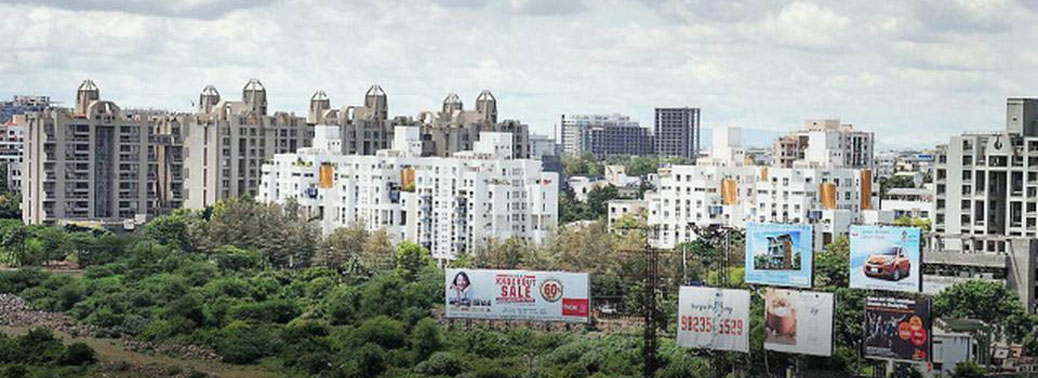Ease of living index
07, Aug 2018

Prelims level : Reports and Indices / Mains: Paper - II Governance
Mains level :
First ever Ease of Living Index launched by Housing and Urban Affairs Minister.
- Three cities in Maharashtra, Pune, Navi Mumbai and Greater Mumbai top the first Ease of Living Index .
- The index covers 111 cities that are smart city contenders, capital cities, and cities with population of 1 million plus.
- With West Bengal refusing to participate in the Centre’s rankings, Kolkata is excluded from the index.
About:
- The Ministry of Housing and Urban Affairs (MoHUA) launched a set of ‘Ease of Living’ standards that combines various facets of urban living.
- Each city is given a score between 0 and 100. The Index construction follows the Dimensional Index Methodology.
- The Ease of Living Index captures the breadth of the quality of life in cities across 4 pillars and 15 categories using 78 indicators, of which 56 are core indicators and 22 are supporting indicators.
- The core indicators measure those aspects of ease of living which are considered ‘essential’ urban services. The supporting indicators are used to measure adoption of innovative practices which are considered desirable for enhancing ease of living.
- This method computes the scores for each indicator with reference to ‘maximum within the comparison group’ or ‘absolute benchmarks’. These absolute benchmarks were derived from national or international standards.
- In its current format, it seeks to serve as a common minimum framework for cities to evaluate themselves and will evolve in future rounds to better represent the needs and aspirations of the people.
- This assessment is first of its kind globally in terms of scale and coverage.
- Another highlight of the Ease of Living framework is its strong link to the Sustainable Development Goals (SDGs). The assessment covers several metrics critical to track progress towards the SDGs in an urban environment.
Significance:
- It underpinned by concepts of healthy communities, economic development, environmental sustainability, and social capital and cohesion.
- Drive an evidence-based approach for future interventions and investments to deliver Ease of Living outcomes.
- Catalyse actions to improve the quality of life in Indian cities.
- Track broader development outcomes including the Sustainable Development Goals.
- Serve as a basis for dialogue with citizens and urban decision-makers on key strengths and areas demanding improvement.






